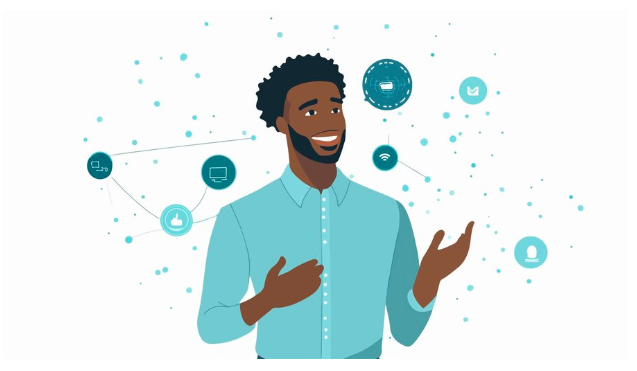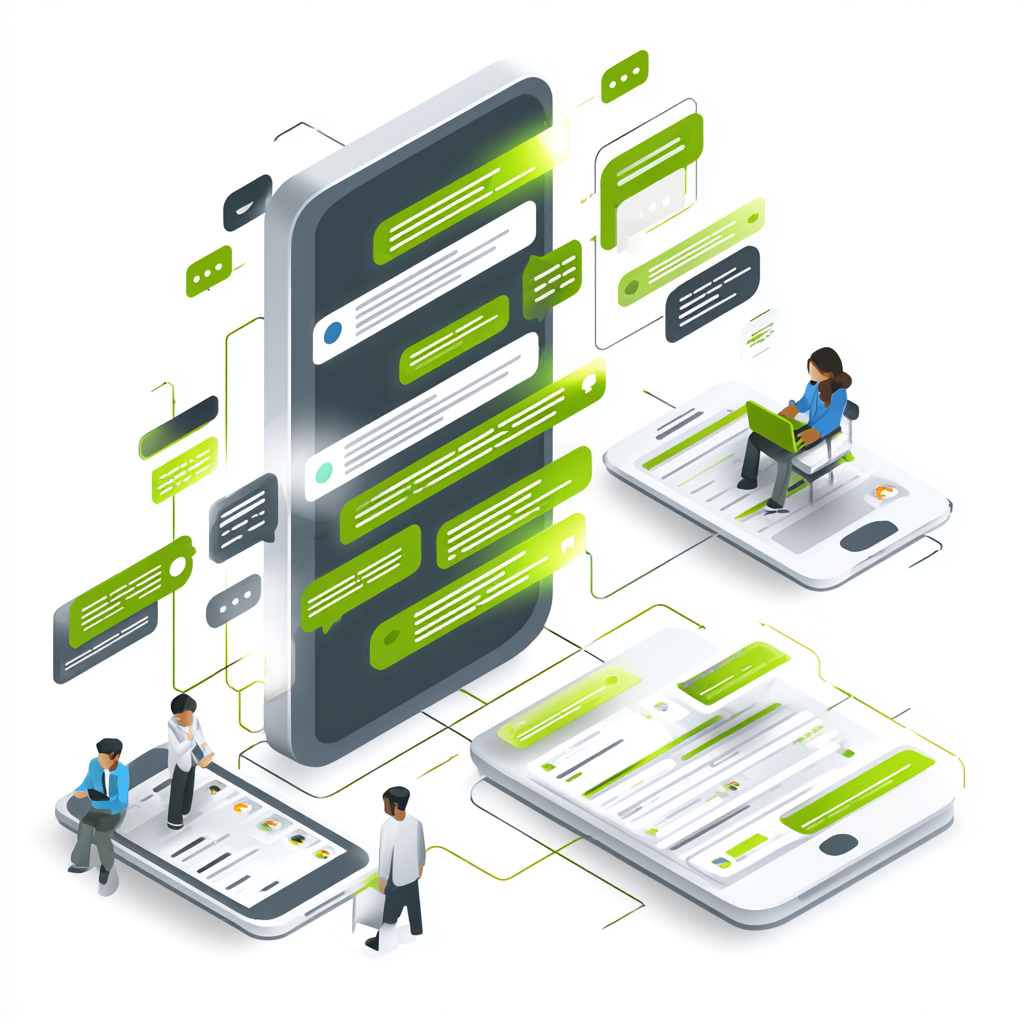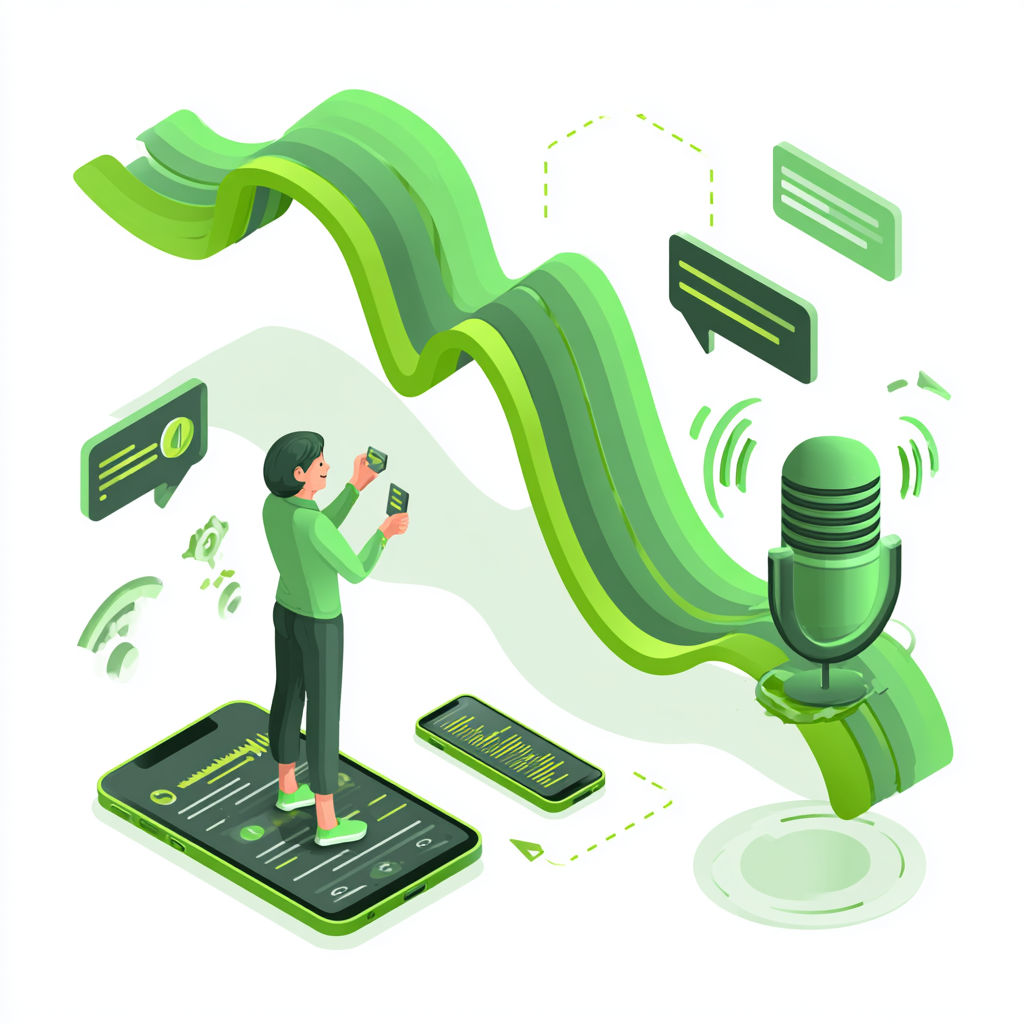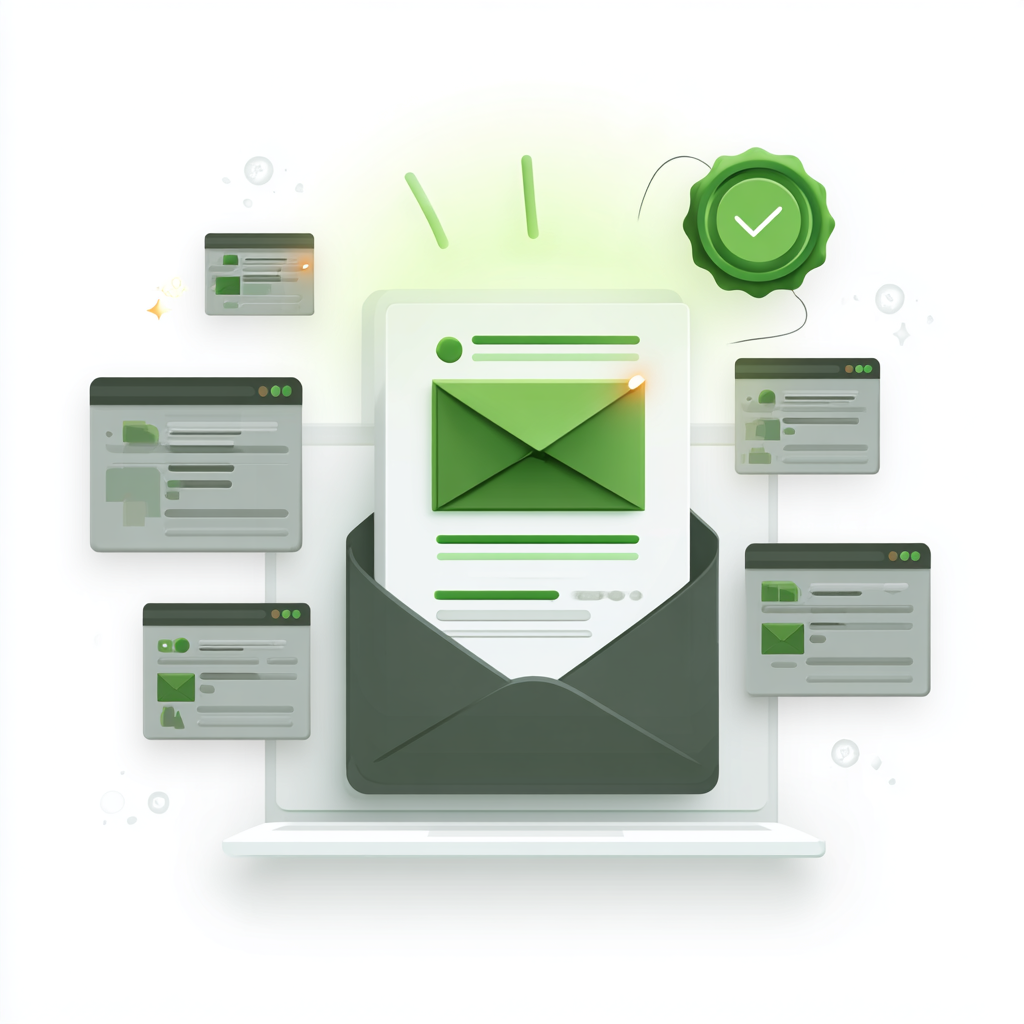Customer experience (CX) has become a critical factor in business success. Customers expect seamless, personalized, and efficient brand interactions in a competitive market. Companies that fail to meet these expectations risk losing customers to competitors prioritizing convenience. One of the most effective ways to enhance customer experience (CX) is through automation. Customer experience automation leverages technology to streamline interactions, minimize response times, and personalize engagement. Businesses that automate their customer experience (CX) processes can reduce costs, improve efficiency, and enhance customer satisfaction. In this article, we will explore customer experience (CX) automation, its benefits, key examples, differences from marketing automation, and strategies for effectively automating customer service.
What is customer experience automation?
Customer Experience Automation (CXA) uses technology and artificial intelligence (AI) to enhance customer interactions across multiple touchpoints. Instead of relying on human agents for every interaction, automation enables businesses to provide instant support, personalized responses, and seamless experiences. CX automation includes AI-driven chatbots, automated email sequences, self-service portals, and customer relationship management (CRM) integrations. These tools enable businesses to handle repetitive tasks efficiently, ensuring that customers receive timely and relevant responses. With automation, businesses can maintain high-quality engagement while minimizing the workload on customer support teams.
Key components of customer experience automation include:
- Chatbots and virtual assistants: These AI-powered tools provide real-time customer support, answering frequently asked questions, resolving common issues, and even processing transactions. Unlike human agents, they operate 24/7, ensuring that customers receive immediate responses anytime they need help. Advanced chatbots utilize natural language processing (NLP) to comprehend customer intent and provide personalized assistance, thereby enhancing engagement.
- Self-service portals: These online platforms enable customers to find answers independently without needing to contact support. They typically include FAQs, knowledge bases, troubleshooting guides, and community forums where users can share solutions. Businesses like Microsoft and Apple use self-service portals to reduce support ticket volume while enabling customers to resolve issues efficiently.
- Automated email responses involve setting up pre-defined workflows that send personalized emails based on customer actions. For instance, an automated welcome email can be triggered when a customer signs up, while follow-up emails can provide support after a purchase has been made. Email automation enables businesses to maintain consistent communication, nurture leads, and enhance customer engagement without requiring manual intervention.
- AI-based recommendations: Smart algorithms analyze customer behavior, including browsing history, past purchases, and preferences, to suggest relevant products or services that match their needs. E-commerce platforms like Amazon and Netflix utilize AI-driven recommendations to enhance the user experience by offering tailored content or product suggestions, thereby increasing conversion rates and customer satisfaction.
- Sentiment analysis: AI-powered sentiment analysis tools scan customer messages, emails, social media comments, and reviews to determine emotional tone. Businesses can adjust responses by identifying whether a customer is happy, frustrated, or dissatisfied. For example, if a sentiment analysis tool detects frustration in a support ticket, it can escalate the issue to a human agent for immediate attention, ensuring better service and retention.
Customer experience automation benefits
Adopting CX automation offers several advantages for businesses, including:
1. Improved efficiency and faster response times
Automation enables businesses to respond instantly to customer inquiries. AI chatbots and automated responses eliminate the need for human intervention in basic queries, reducing wait times and enhancing customer satisfaction.
2. Personalization at scale
With automation, businesses can send targeted messages tailored to individual customer behavior. AI-driven tools analyze purchase history, browsing habits, and interactions to provide customized experiences.
3. Increased customer satisfaction and loyalty
Customers value quick and accurate responses. When businesses provide efficient support and personalized interactions, customer loyalty improves, leading to increased retention rates.
4. Cost savings for businesses
Automating repetitive tasks reduces the need for a large customer service team. Businesses can allocate resources more effectively, reducing operational costs while maintaining quality service.
5. Consistency across customer touchpoints
Automation ensures that customers receive the same level of service across all channels, whether through email, chat, or social media. This consistency enhances brand credibility and trust.
7 Ways to automate customer experience
CX automation can be implemented in various ways to enhance customer interactions. Here are some practical examples:
1. AI-powered chatbots for instant support
Chatbots leverage AI and natural language processing (NLP) to handle customer inquiries, provide information, and even process transactions. For example:
- Amazon and Sephora utilize chatbots to assist customers with product recommendations, order tracking, and frequently asked questions (FAQs).
- Banking apps like Zenith Bank and UBA utilize chatbots to assist customers in checking account balances and performing transactions without requiring human intervention.
2. Automated email responses and follow-ups
Email automation ensures timely responses and engagement based on customer actions. Examples include:
- HubSpot and Mailchimp enable businesses to send personalized welcome emails after a sign-up or follow-up emails after a purchase.
- Airlines and e-commerce stores use automated emails for booking confirmations, delivery updates, and post-purchase surveys.
3. Self-service portals and knowledge bases
These platforms allow customers to find information and resolve issues independently. Companies leveraging this include:
- Microsoft and Apple provide troubleshooting guides, FAQs, and community forums.
- Telecom companies like MTN and Airtel offer self-service portals that allow users to check data usage, pay bills, and resolve network issues.
4. AI-driven product recommendations
AI-powered algorithms enhance the shopping experience by suggesting relevant products based on customer behavior. Examples include:
- Amazon and Netflix recommend products and movies based on past purchases and viewing history.
- Spotify and YouTube curate personalized playlists and video suggestions based on user preferences.
5. Automated feedback collection and analysis
Businesses utilize automation to gather and analyze customer insights, enabling continuous improvement. Examples include:
- SurveyMonkey and Google Forms help companies send automated feedback requests after interactions.
- AI sentiment analysis tools process customer reviews and social media mentions to gauge satisfaction and identify trends.
6. Automated loyalty programs and rewards
Companies use automation to track customer purchases and offer rewards, enhancing customer retention. Examples include:
- Starbucks and Domino’s provide loyalty points and discounts through automated tracking.
- E-commerce platforms like Jumia send personalized discount codes to frequent buyers.
7. Virtual assistants for customer support
Voice-powered virtual assistants provide hands-free assistance to customers. Examples include:
- Google Assistant and Siri answer queries, provide directions, and assist with scheduling.
- Banking apps that use AI assistants for financial guidance and transaction support.
CX Automation vs. marketing automation
Customer Experience (CX) automation and marketing automation use technology to streamline interactions, but they serve different business functions. Understanding these distinctions enables companies to implement the most effective automation strategies tailored to their specific needs.
- Purpose
- CX automation enhances customer interactions by automating support services, ensuring smooth communication and problem resolution.
- Marketing automation focuses on attracting potential customers, generating leads, and converting them into paying clients.
- Tools used
- CX automation leverages chatbots, Customer Relationship Management (CRM) systems, and AI-powered recommendations to enhance customer support and engagement.
- Marketing automation streamlines promotional efforts using email marketing platforms, social media scheduling tools, and campaign management systems.
- Key benefit
- CX automation enhances customer satisfaction and fosters long-term loyalty by delivering efficient and responsive service.
- Marketing automation increases sales by nurturing leads, targeting the right audience, and ensuring consistent outreach.
- Focus areas
- CX automation primarily operates after a sale, helping customers with inquiries, troubleshooting, and ongoing engagement.
- Marketing automation works before a sale, capturing leads, running advertisements, and engaging potential buyers.
While marketing automation targets potential customers through emails, ads, and promotions, CX automation focuses on retaining customers through seamless support and personalized interactions. Together, both strategies create a cohesive customer journey that spans from awareness to loyalty.
How to automate customer service
Businesses looking to enhance their customer service through automation can follow these best practices:
- Select the right automation tools: The right software is crucial for delivering a seamless customer experience (CX) automation. Businesses can use tools like Zendesk, Freshdesk, and Intercom to automate customer support functions. The right tool should integrate seamlessly with existing systems and offer AI-driven features for better efficiency.
- Implement AI chatbots and virtual assistants: Chatbots enable businesses to handle high volumes of inquiries efficiently. Integrating AI-driven chatbots with websites, messaging apps, and social media platforms improves accessibility and responsiveness. These chatbots can answer frequently asked questions (FAQs), process orders, and escalate complex queries to human agents.
- Utilize CRM systems for seamless communication: A well-integrated CRM system, such as Salesforce or HubSpot, centralizes customer data and interactions, ensuring a seamless experience. This ensures personalized responses and smooth communication across departments. CRM automation enables businesses to track customer history and tailor interactions based on previous engagements.
- Automate workflows for ticket resolution: Helpdesk automation tools categorize and assign tickets based on priority and department. This speeds up issue resolution and prevents customer complaints from being overlooked. Automated ticketing systems also provide status updates, ensuring transparency for customers.
- Monitor and optimize automation strategies: Regularly evaluating automation performance is essential for continuous improvement. Businesses should analyze chatbot responses, feedback surveys, and customer interactions to refine automation processes.
The future of customer experience automation
Customer experience automation is no longer optional; it is essential for businesses seeking to remain competitive. Automating customer experience (CX) improves efficiency, enhances personalization, and ensures consistency across all touchpoints. From AI chatbots and self-service portals to automated emails and CRM integrations, businesses can leverage technology to provide seamless customer experiences. By implementing CX automation strategies effectively, companies can reduce costs, increase customer satisfaction, and build long-term loyalty. The key is to strike the right balance between automation and human touch, ensuring customers feel valued while benefiting from fast and efficient service.





